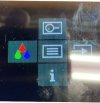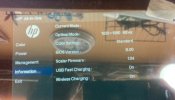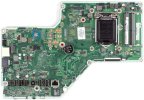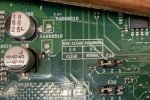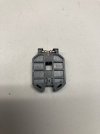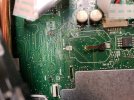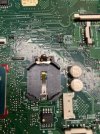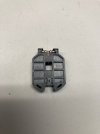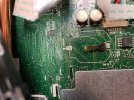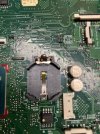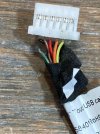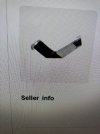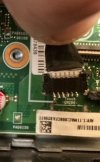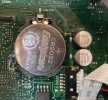Billed1954
New Member
- Reaction score
- 6
- Location
- Thiensville, WI
Recently, I replaced the Motherboard on a HP 24-K0024 All-In-One Desktop that experienced a power surge. Previously, the computer deteriorated to only powering on and the "PLUS" icon would only appear for where you can tweak "Color," "Power," "Management," "Information," or "Exit". There is no change with the replacement motherboard. Among the options was to do a "original manufacturers reset."With the brand new motherboard, I still have the same issues. I replaced the CMOS battery, tested with another compatible power supply, lubricated/rotated the RAM (PC4-2666V," installed a replacement Western Digital 1TB SSD drive (to reprogram), cleared CMOS (by removing battery and unplugging to drain the power 30 seconds). When I removed the battery and drained the power, I would occasionally get a checksum error and something about the computer resetting (could not act fast enough for the options and then we'd be back to square one. When I got the checksum pop-ups, the keyboard would have a flashing light but I could not control. As I keep trying the CMOS resets, I am causing more wear & tear on my ribbons & connections and the wide monitor ribbon cable connection is starting to crumble on the left side although the ribbon contacts are still good (already replaced that previously). There was a previous inquiry from someone else about 2 years ago but no answers. I am really hoping to restore this computer but getting discouraged. Any help would be most appreciated! Pleased to be part of this great forum. Thank you!

